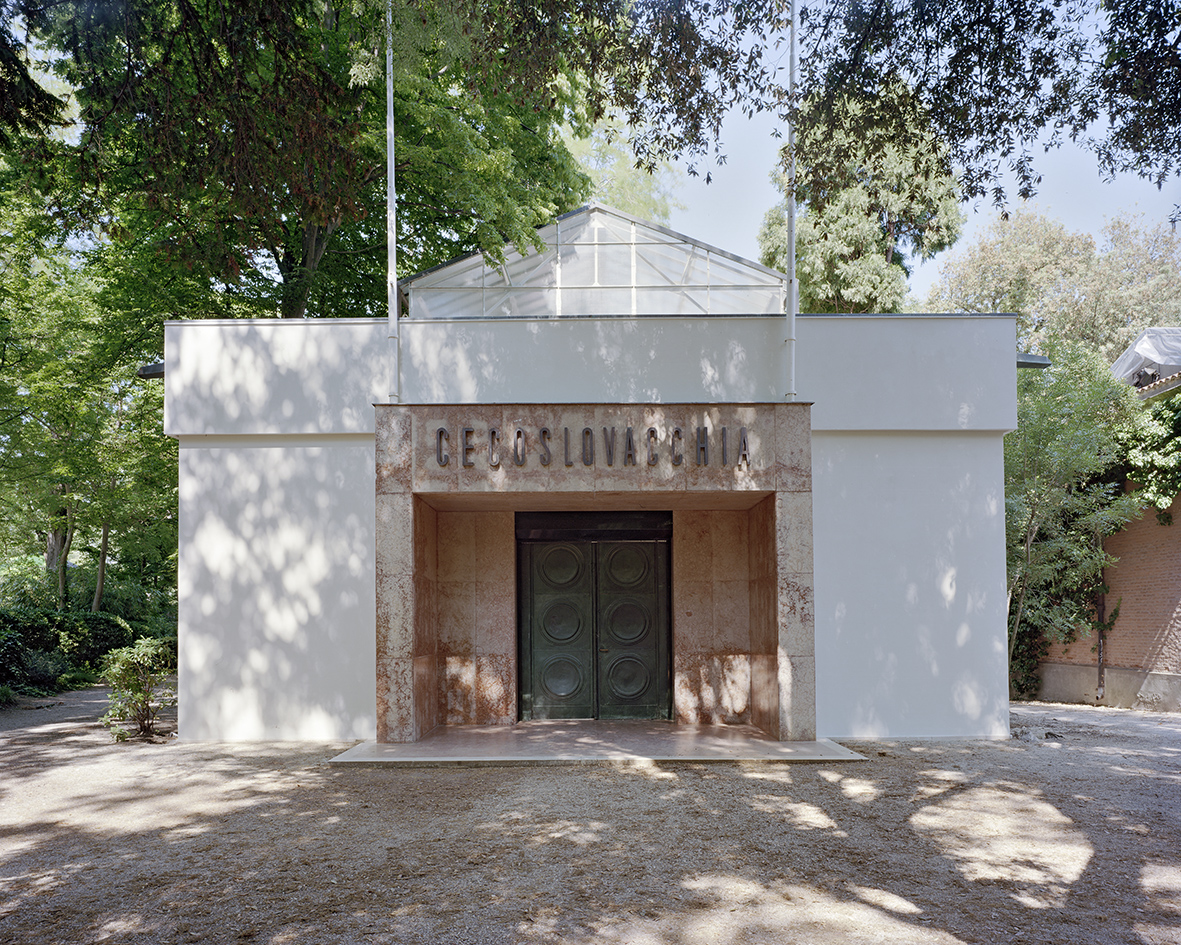Describe your studio/work practice.
I’m a curator, feminist theorist and art historian. My curatorial project are often based on collaboration – I enjoy an exchange of ideas and close collaboration. I’m also interested in a critical institutional practice, especially disability theories, in terms of what political demand we can make through a curatorial practice on institutions and the way it may change its practices. Further, I used to be an artist who gradually morphed into a curator, therefore I’d say my approach to many of my projects is quite unorthodox.

What does participation in the Venice Biennale mean to you?
It means a wonderful opportunity to work on the project that really matters to me- The heart of a giraffe is twelve kilos lighter, with Eva Kot’átková, artists who I deeply admire and ( I hope ) is one of my close friends. Its open collaborative framework was extremely important to us, which was something we share – we’ve invited Himali Singh Soin and David Soin Tappeser and the collective Gesturing Towards Decolonial Futures to be part of the project, together with groups of children, educators and elderly people. I also believe the project has a great significance both as artwork but also by uncovering its contexts which so far are not discussed very openly in Czech and central European contexts.
What do you expect in terms of your career as a result of this participation?
A very good question.
Did you feel or sense anything during the application process or preparation that made you aware of being Central-Eastern European? If yes, what were the advantages or disadvantages of this? (eg.: financial aspect, reception)
Yes, our project is research based – it concerns artistic re-intepretation of the Czechoslovak histories of animal acquisition from the countries of the Global South. Its decolonial lense, even though critique mostly concerns postward period makes many concerned parties deeply suspicious. As a Czech British curator, who spent most of her adult life in London, I find this very specifically this inability to deal critically with one owns past – while being obssesed by it very Central Eastern European. In comparison to the UK, where artists bring often very critically deep wounds from British history out to the open at a national level – we can think about Jeremy Deller, Steven McQueen and other Black British artists, there seems to be a deep sense of insecurity about a critical approach to a recent history.
Do you think there is such a thing as ‘Central-Eastern European-ness’ in the field of fine arts, similar to history, politics, and culture? If yes, in what ways?
Frankly, no, that would mean ascribing a specific style to very diverse field of work.

As a curator at the Venice Biennale, did you notice any changes in yourself during the preparation? E.g: Has your attention, taste, or opinion changed? Has your range of interests expanded? If yes, in what way?
I think the project makes you grow up to think about complexities of what it means national representation, questions of belonging, and actual meaning of art in relation to both international audience and public perception.

